Sheet metal manufacturing, that is, processing thin metal sheets into new shapes, is a practical and low-cost solution for manufacturing components such as brackets, housings, and kitchen equipment.
This is one of the most effective ways to make large, simple products without high-detail features. However, a successful sheet metal part in engineering is much more complicated than it looks, and one of the main reasons is texture.
Texture affects the strength and function of sheet metal, so engineers must consider texture when manufacturing sheet metal parts; Failure to do so may result in parts with severe weaknesses.
1. What is Sheet Metal Manufacturing?
Sheet metal manufacturing (or sheet metal manufacturing/sheet metal prototype) is a set of manufacturing processes for cutting, deforming and assembling flat metal sheets.
These plates-materials such as aluminium, steel and other metals are made into standard gauges, and manufacturers can choose the appropriate materials and gauges according to the requirements of the final product.
In most cases, several different processes are required to turn a standard metal plate into the final product. The cutting process includes punching, laser cutting, water jet cutting, plasma cutting;
The deformation process includes bending, stamping and spinning; The assembly process includes welding. Through a series of processes, a featureless metal plate can be turned into a usable part, just like a shelf.
Sheet metal is a process suitable for simple, large or thin-walled parts, such as panels, brackets, shelves, fences, doors, appliances, kitchen and office equipment.
2. What are the Particles in the Steel Plate?
Like most inorganic solid materials, the metals used for manufacturing are in a polycrystalline state: they are solid, composed of very small crystals or microcrystals of various sizes and orientations, bonded together by thin layers of amorphous solids.
These crystals and their arrangement are sometimes called particles. In order to manufacture thin metal plates, a large amount of unformed, heated metal is fed through rollers and stretched into thin plates of uniform thickness.
This rolling process causes different crystals to elongate along the rolling direction, forming what we call the crystal grain direction: the crystal grows along the length of the thin plate, and changes along the long transverse direction (width) and the short transverse direction (thickness). short.
These elongated crystals have an important influence on the behaviour of the metal. The average size of each crystal, or the grain size of the metal, also affects the behaviour of the metal. The grain size is affected by the rolling of the sheet, but it can also be changed in other ways.
3. What is the effect of grain direction on sheet metal parts?
Before any sheet metal processing process, especially before bending, folding and similar deformation processes, the orientation of the grains is an important consideration.
This is because the grain direction makes the sheet stronger in some directions and weaker in others. For many metals, bending (longitudinal) with the grain increases the possibility of cracking, tearing, or orange peeling. Therefore, it is best to bend against the grain to reduce the possibility of these problems.
In other words, bending against the texture requires more force, because the metal plate is stronger, which may cause more rebound—the metal plate returns to its original angle.
The grain direction also affects how the manufacturer handles the nesting of sheet metal parts. For example, if a manufacturer intends to cut multiple shapes from a sheet, they must consider the relationship between the direction of each shape and the direction of the grains.
In any case, they should strive to ensure that the grain orientation of each part is consistent, so that they can, for example, apply consistent forces during bending and other operations.
4. How does the grain size affect sheet metal parts?
The grain size of the metal sheet will change due to different reasons. For example, if the heating time is too long, the grain boundary (space between individual crystals) will diffuse, resulting in larger grain size.
The grain size has an important influence on the yield strength of the sheet, so it is very important to control the grain size. Generally speaking, a smaller grain size will produce a stronger part, and larger grain size will produce a weaker part.
The effect of grain size on metal strength can be explained by grain boundaries. Grain boundaries disrupt the movement of dislocations in the metal and prevent cracks. Smaller grain sizes increase the number of grain boundaries in a given area, resulting in higher strength.
The grain size is determined by the rolling of the metal plate, but it can also be adjusted after annealing or normalizing: heating the metal slightly below its recrystallization point, and then letting it return to room temperature in the furnace (annealing) or cooling in the outdoor (normalizing).
Holly can be used for all sheet metal prototype projects. Request a free quote today and get your parts in just 5-10 days.

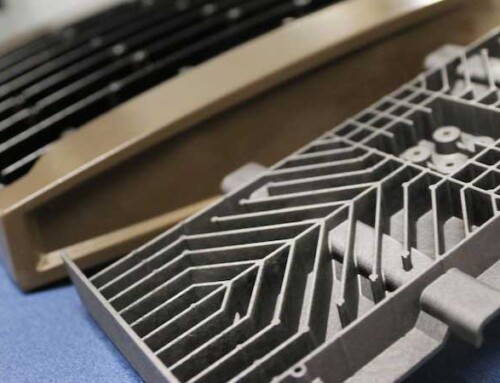
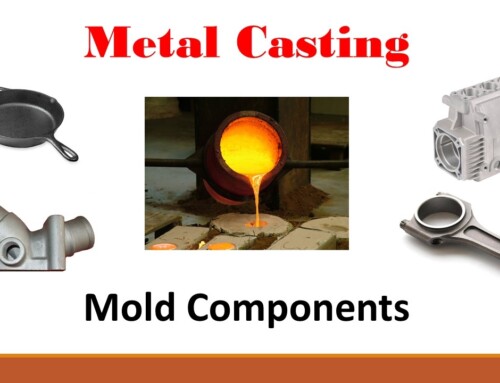
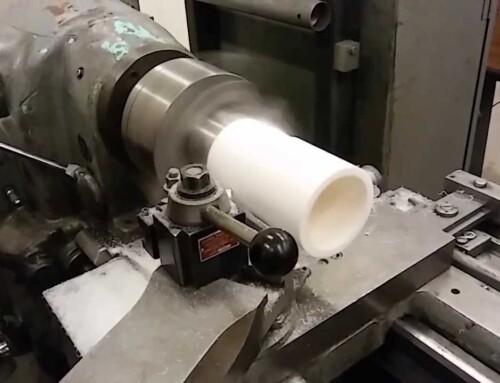
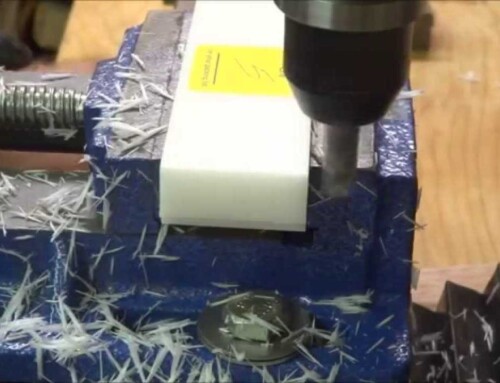
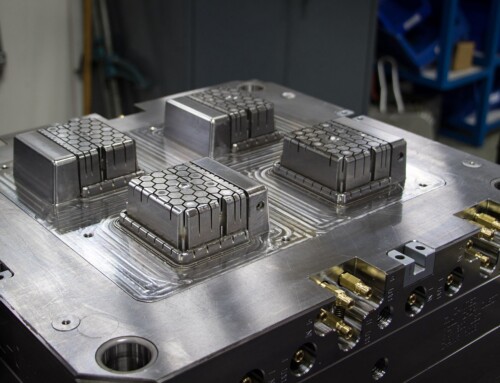
Leave A Comment